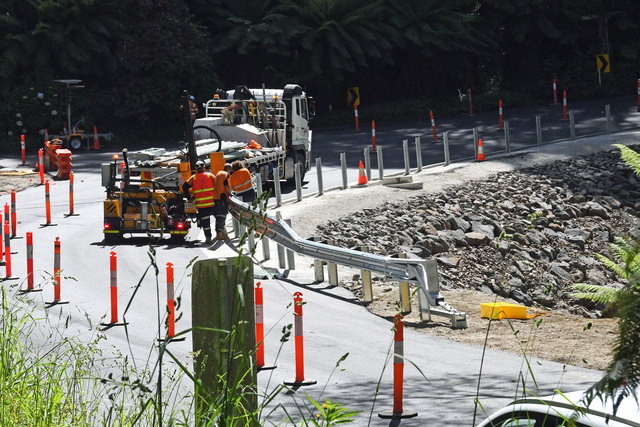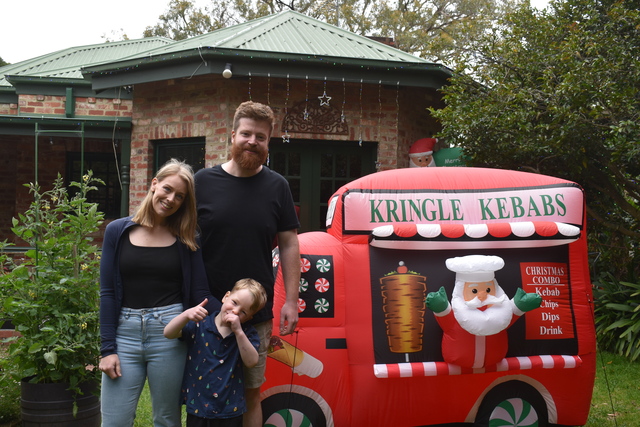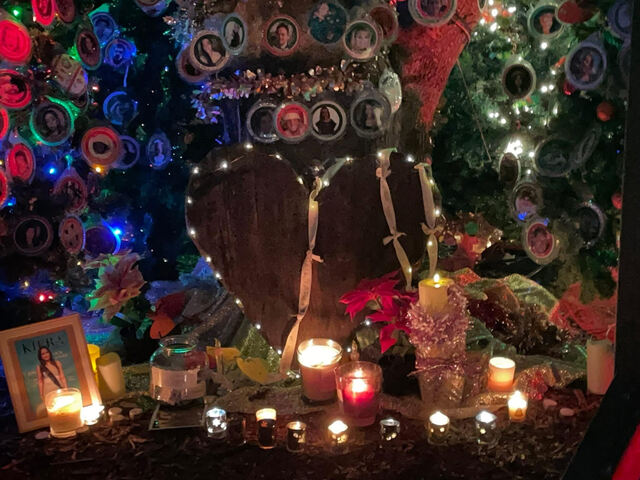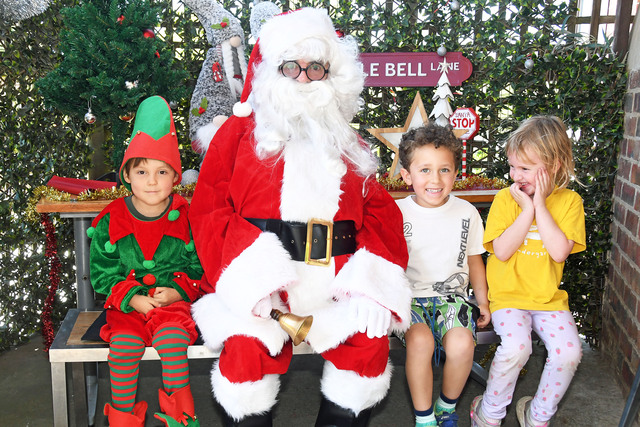BUS services in the City of Casey are struggling to cope with the increasing number of residents in the area.
City of Casey manager transport Paul Hamilton said there were estates in Casey — many of which established more than five years back — which still have poor or no bus services.
Cascades on Clyde, Botanic Ridge and Marriot Waters were among the estates mentioned.
Another issue was frequency, and Mr Hamilton said there needed to be services every 30 minutes during the day and even more during peak times.
He said the council had noticed that more often than not, bus times didn’t match train times and commuters were forced to wait more than half an hour for a connecting bus or train.
“Most times, it’s easier for them to walk the distance than co-ordinate train times.”
He said lack of adequate public transport was one of the reasons there was such a heavy reliance on cars in the area.
“Casey has a higher proportion of people who own two to four cars than the Melbourne metropolitan average.
Department of Transport executive director community and place Damien Ferrie said transport needed to be integrated into the developments.
“We need to work through the challenges we’re painting in the catch-up game. We can’t just develop land, we must incorporate transport also.”
“Our goal is for residents to have access to public transport within 400 metres of home. We recognise there’s a lot of catching-up, but we support that goal.”
The Victorian Council of Social Service welcomed the focus on incorporating services into new suburbs planned in Melbourne’s growth corridors.
Chief executive officer Cath Smith said bus services would be required as soon as people move in, especially to reach essential services such as schools, health centres, hospitals and community services.
“All these services are essential, but without public transport, most new residents will be forced to run multiple cars, spend hours driving and thousands annually on petrol just to participate in work in the major job centres that are far from these new communities,” she said.
“VCOSS is looking to the 2013-14 State Budget for the major investment needed to really make these suburbs a thriving part of the Melbourne economy.”
Casey transport left in limbo
Digital Editions
-

Sassafras landslide finally fixed
Purchase this photo from Pic Store: 524221 Fixed in time for Christmas, major and ongoing construction works near Mason Grove in Sassafras have finally seen…





